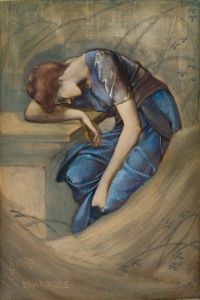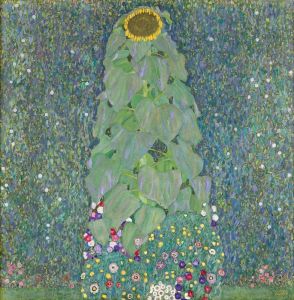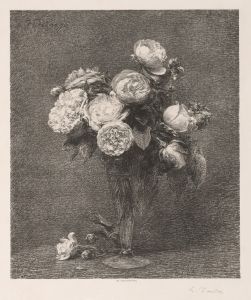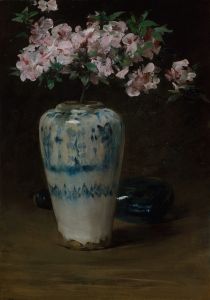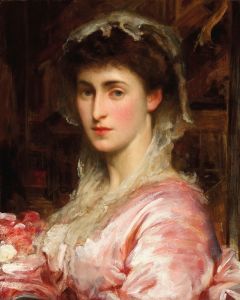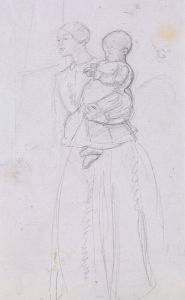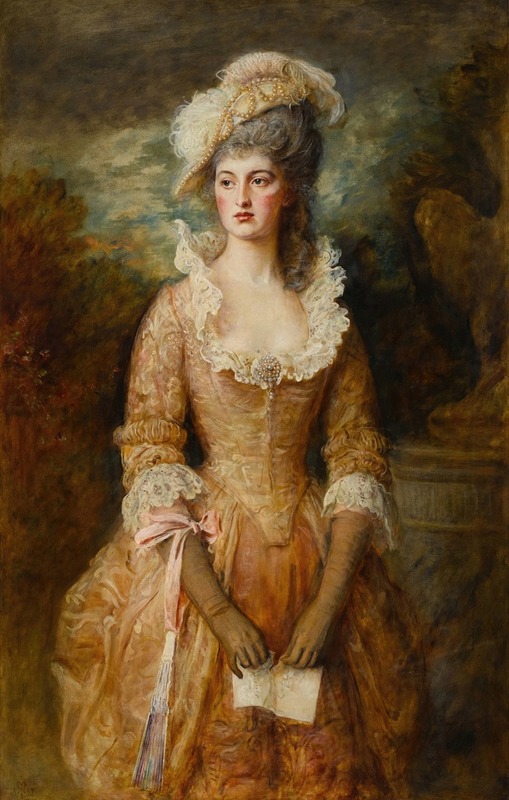
Clarissa
A hand-painted replica of Sir John Everett Millais’s masterpiece Clarissa, meticulously crafted by professional artists to capture the true essence of the original. Each piece is created with museum-quality canvas and rare mineral pigments, carefully painted by experienced artists with delicate brushstrokes and rich, layered colors to perfectly recreate the texture of the original artwork. Unlike machine-printed reproductions, this hand-painted version brings the painting to life, infused with the artist’s emotions and skill in every stroke. Whether for personal collection or home decoration, it instantly elevates the artistic atmosphere of any space.
Sir John Everett Millais, a prominent figure in the Pre-Raphaelite Brotherhood, painted Clarissa in 1887. This artwork exemplifies Millais' later style, which shifted from the meticulous detail and medieval themes of his early Pre-Raphaelite works to a broader, more painterly approach influenced by his interest in portraiture and genre painting.
Clarissa depicts a young woman seated in an interior setting, gazing contemplatively into the distance. The painting is notable for its rich use of color, particularly in the textures of the woman's clothing and the surrounding environment. Millais' skill in rendering fabric and light is evident, as the folds of the dress and the interplay of light and shadow create a sense of depth and realism. The subject's expression and posture convey a sense of introspection, though the exact narrative or emotional context remains ambiguous.
The title, Clarissa, may suggest a literary or symbolic reference, but there is no definitive evidence linking the painting to a specific story or character, such as Samuel Richardson's 18th-century novel Clarissa, or, the History of a Young Lady. Millais often chose titles that left room for interpretation, allowing viewers to project their own meanings onto the work.
This painting was created during a period when Millais had achieved significant success and recognition, including being elected President of the Royal Academy in 1886. By this time, his works were widely exhibited and celebrated in Britain and beyond. Clarissa reflects Millais' ability to balance technical mastery with emotional resonance, a hallmark of his later career.
The painting is part of a private collection and has been exhibited in various retrospectives of Millais' work. Its exact provenance and exhibition history are not extensively documented, but it remains an example of the artist's mature style and his continued exploration of human emotion and beauty.
As with many of Millais' works, Clarissa demonstrates his enduring influence on Victorian art and his ability to capture the subtleties of human expression. The painting continues to be appreciated for its aesthetic qualities and its place within the broader context of Millais' artistic legacy.





